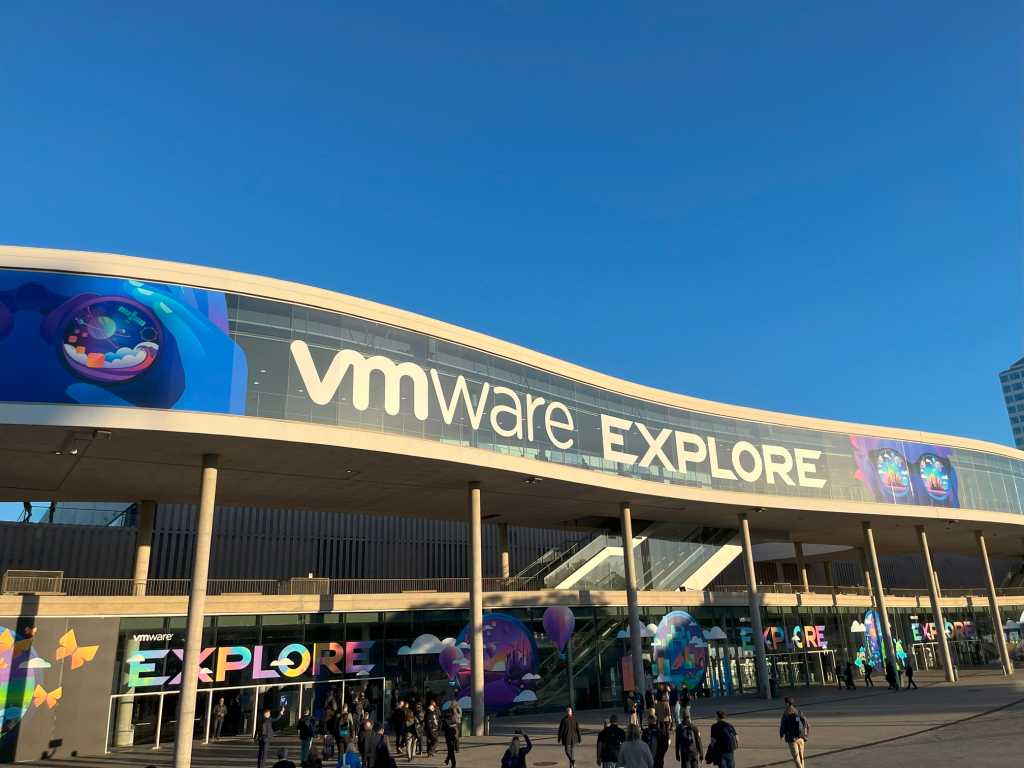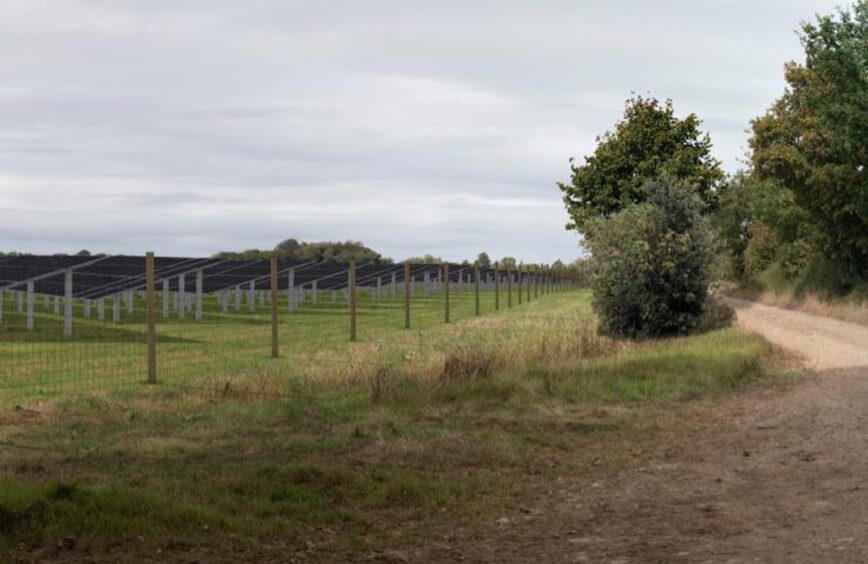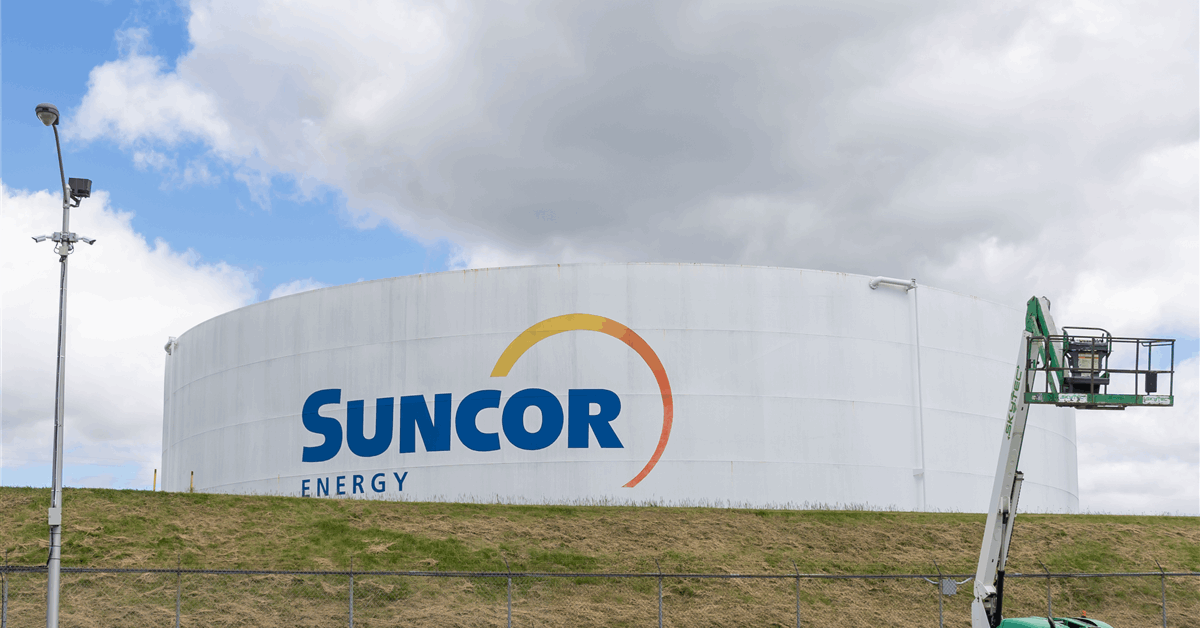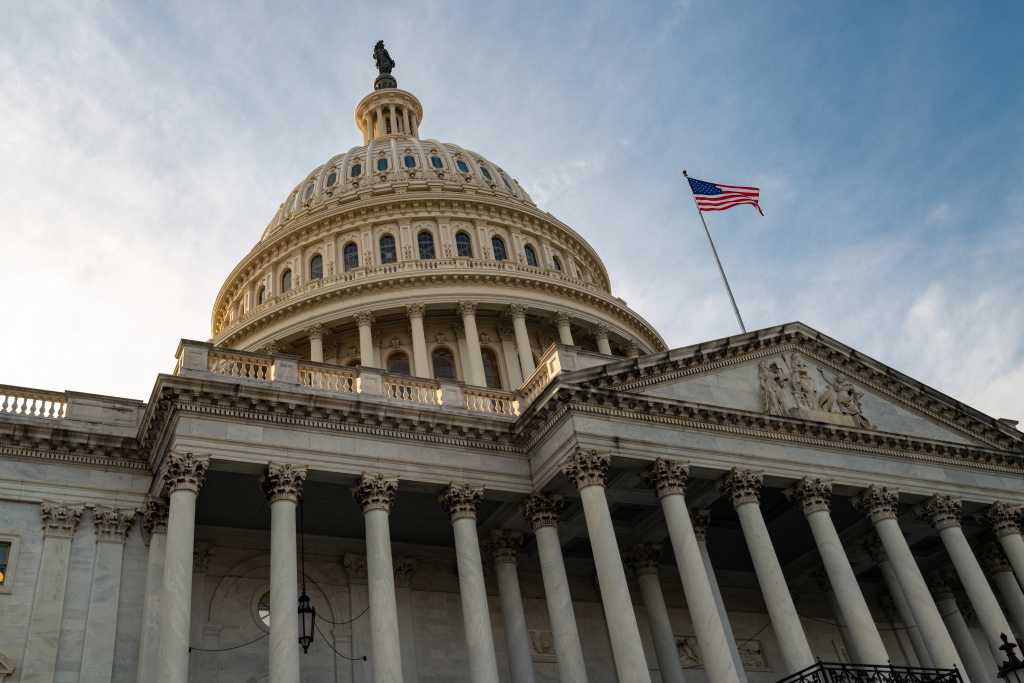Renewable energy developments can only export the electricity they produce to the grid if they have a grid connection. This has created a large queue of developers waiting for a connection date for their projects, which can extend to over a decade in the future. This backlog is causing significant uncertainty for developers and strain on some renewable projects preventing their construction from being progressed.
Once they are in it, developers rarely leave the queue even if they ultimately decide that their project isn’t viable.
As the queue currently operates on a “first come, first served” basis, it means that viable and ready-to-build projects can be delayed longer than necessary.
To help address these lengthy delays and enable new clean energy projects to secure grid connections, a new grid queue management system is being developed by the National Energy System Operator (NESO). Expected to be introduced this summer, this new system aims to ease the current bottleneck by allocating “confirmed connection dates, connection points and queue positions” to projects which are deemed viable and ready to progress over those which don’t meet its criteria.
One of the biggest changes for developers will be demonstrating they have secured land rights to keep their place in the queue when satisfying the milestones known as “gate 2”.
While this new initiative will be welcomed across the renewables sector, it raises several issues for project developers to consider including how they negotiate new land agreements.
NESO has been clear that nothing short of a signed option agreement will be required for projects to qualify for a grid position under gate 2 – an exclusivity agreement or heads of terms will no longer suffice. Although NESO is clear that only projects that are demonstrably viable will keep their place in the grid connection queue, how they will resource enforcing the criteria and what it might mean for specific option terms is less obvious at this point.
Section 8 of the gate 2 criteria covers the detailed checks and requirements for securing land rights, including evidence of option agreements, leases, or existing ownership. NESO methodology will require both new and already queuing projects to submit a readiness declaration, red line boundary and evidence of secured land rights, whether this is by acquisition, lease or an option to lease.
There are, however, questions over how NESO will fulfil its obligation to check all evidence submitted. Further clarity is also needed on whether this process will result in an unmanageable backlog that creates a new type of delay for projects that are genuinely ready to proceed.
NESO is open to flexibility of how option terms are structured but has yet to confirm key details around projects requiring the consent of third parties, including lenders or agricultural tenants, which can take a long time to obtain.
It has been confirmed that developers will not be required to have secured all land rights including the project’s cable route or details of land used for non-energy purposes. Clear guidance that access rights can be secured later would however be welcome by project developers, alongside clarity on how Scots Law processes to secure options will be catered for, where these diverge from the rest of the UK.
Renewables projects which have already been assigned a grid connection date but don’t meet the gate 2 criteria may be deemed unviable. Developers must therefore ensure they meet the milestones that will be set out by NESO and monitor ongoing compliance or risk their place in the queue.
To mitigate risk, we are likely to see developers bringing forward the timing of negotiations so that project land rights are secured well ahead of planning submission. It will be essential to implement a clear land rights strategy which includes heads of terms aligned to the gate 2 milestone requirements. Negotiating option and lease agreements, which balance the interests of both the landowners and developers, will also be critical to avoid protracted land negotiations which might risk the project’s place in the queue.
Following Ofgem’s approval of the gate 2 methodology published by NESO last month, we hope to see greater clarity on key issues including the checks and policing of land agreements to ensure the integrity of the new process. Ensuring these details are expediently set out will enable Scotland’s renewables sector to thrive and bring more clean energy capacity to the grid.
 © Supplied by CMS
© Supplied by CMSAndrea McLellan is Of Counsel and renewable energy specialist at law firm CMS.





















